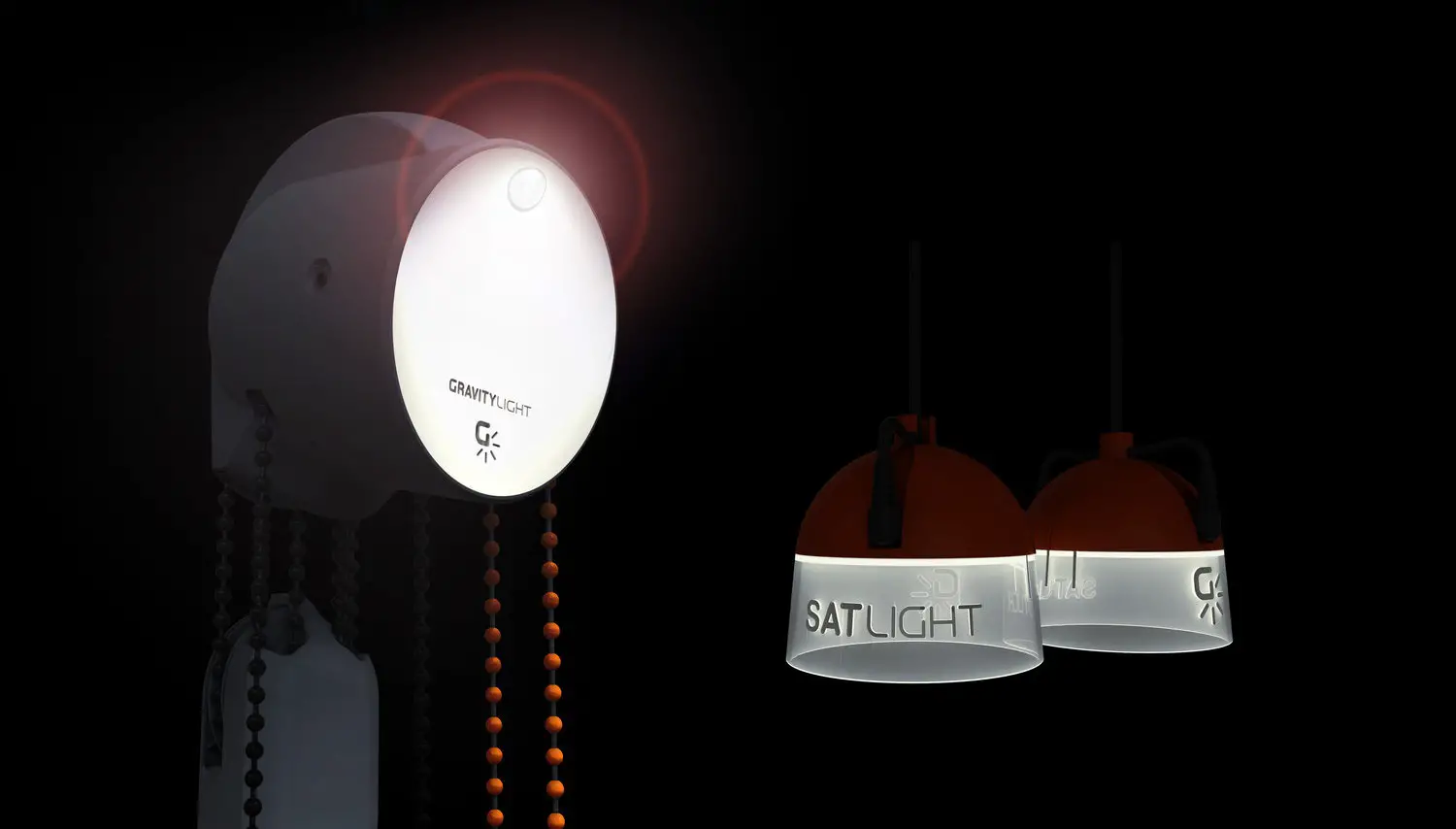How A $5 Gravity-Powered Light Is Illuminating Poverty-Stricken Households
Tags: News

By Amanda Froelich Truth Theory
Did you know? Approximately 1.5 billion people on the planet still don’t have access to clean, efficient lighting. To remedy this conundrum, activists Martin Riddiford and Jim Reeves spent four years developing GravityLight, which uses the Earth’s gravity to generate enough power to light an LED bulb for half an hour. Best of all, the invention runs without an electrical grid, batteries, or an external generator.
Riddiford and Reeves were inspired to create GravityLight after learning that the use of kerosene results in vastly higher cancer rates due to smoke inhalation, as well as causes 2.5 million burns every year in India. They were also inspired to create a cost-effective lighting system that low-income households around the world can take advantage of.
GravityLight was first introduced via an IndieGoGo campaign, which exceeded its goal by more than 500 percent with 21 days left in the campaign.
To use the invention, all one has to do is remove the small white lamp from its bag, hang it up, then fill the bag with about 20 pounds of dirt or rocks. Then, the bag needs to be attached to the bottom of the GravityLight device. A generator is then powered, and enough energy is produced to fill a room with light. Ever 30 minutes, the bag needs to be hoisted back up.
VentureBeat reported back in 2012 that the first 1,000 GravityLights were distributed for free to villagers in Africa and India. Based on the results, the designers then tweaked the invention to improve its efficiency. Reportedly, the founders are still seeking NGO and non-profit organizations’ help in distributing the invention more widely.
Following is a video explaining the GravityLight in more detail:
An in-depth TED Talk explaining the GravityLight follows:
What are your thoughts? Please comment below and share this news!
Image Credit: Gravitylight
Leave Comment: